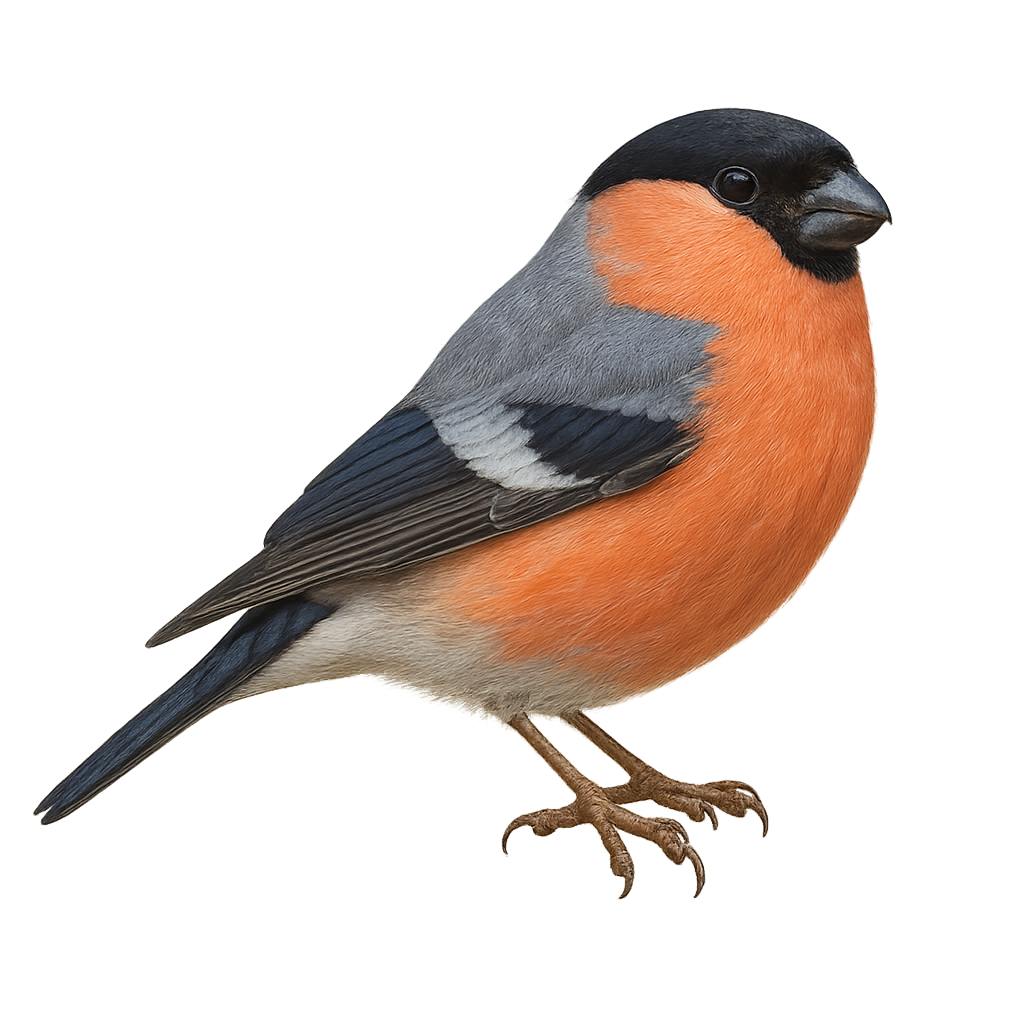Your wildlife photography guide.
Explore the eurasian bullfinch in detail, study its behavior, prepare your shots.
Where to observe and photograph the eurasian bullfinch in the wild
Learn where and when to spot the eurasian bullfinch in the wild, how to identify the species based on distinctive features, and what natural environments it inhabits. The WildlifePhotographer app offers tailored photography tips that reflect the eurasian bullfinch’s behavior, helping you capture better wildlife images. Explore the full species profile for key information including description, habitat, active periods, and approach techniques.
Eurasian bullfinch
Scientific name: Pyrrhula pyrrhula

IUCN Status: Least Concern
Family: FRINGILLIDAE
Group: Birds
Sensitivity to human approach: Tolerant
Minimum approach distance: 10 m
Courtship display: March to June
Incubation: 12-14 jours
Hatchings: April to July
Habitat:
Mixed woodlands, hedgerows and orchards
Activity period :
Primarily active during the day, with peak activity in the morning and late afternoon.
Identification and description:
The Eurasian bullfinch is a small, stocky passerine (14–16 cm) with bright pink-and-black plumage in males and more subdued tones in females. It inhabits mixed woodlands, hedgerows, and orchards across Europe and Asia, feeding on seeds and buds in winter and insects in spring. During the breeding season (April to July), the male utters soft calls from a perch and both partners build a sturdy nest of twigs and moss.
Recommended lens:
300 mm – adjust based on distance, desired framing (portrait or habitat), and approach conditions.
Photography tips:
Photograph the Eurasian bullfinch early morning or late afternoon using a telephoto lens of ≥300 mm. Position yourself low near a hedgerow to capture the singing male, use a fast shutter speed and shallow depth of field to isolate its vivid colors.
The WildlifePhotographer App is coming soon!
Be the first to explore the best nature spots, track rutting seasons, log your observations, and observe more wildlife.
Already 1 431 wildlife lovers subscribed worldwide

